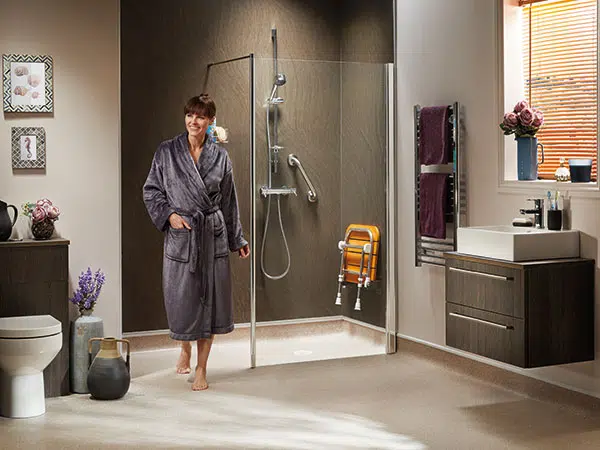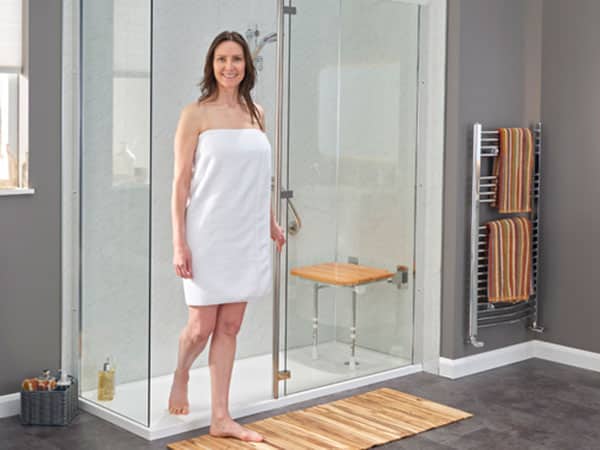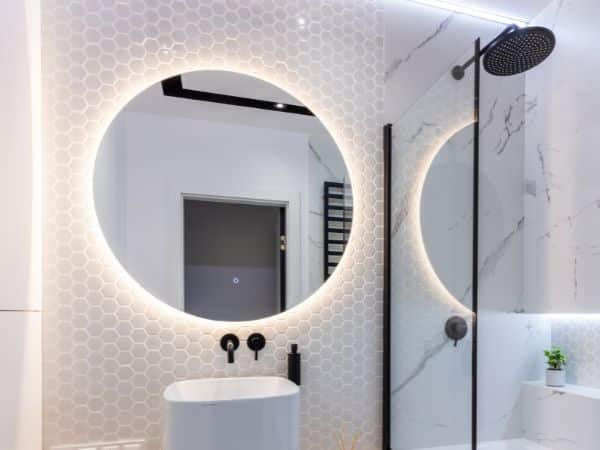Walk-in Baths: Help Getting In and Out of the Bath

A relaxing bath is something many people enjoy. However, as we get older or experience limited mobility, the idea of getting in and out of the bath can make it a much less desirable option.
A walk-in bath has the potential to completely change this, making your bath more accessible and something you can once again look forward to, without the fear of slipping or falling. For those who need a little help getting out of the bathtub, we’ve put together a few tips on using a walk-in bath.
Why Access Can Be a Challenge
There are many conditions that can cause difficulty when getting in and out of the bath, for instance, arthritis, knee issues, or other conditions that limit mobility. Often, this means that the user either has to ask for assistance or forgo using the bath altogether, both of which can unnecessarily impact their dignity and independence.
With the threshold of a traditional bath being high to step over, it can often be quite a stretch to get into the bath. Naturally, this can lead to strain, injury, or even a fall, particularly considering the bathroom floor is often wet or damp.
What is a Walk-in Bath?
A walk-in bath, sometimes known as an easy-access bath, can be a fantastic addition to your bathroom to help improve mobility and provide greater independence when bathing. Walk-in baths are built with a low threshold and access via a door. This door seals fully when closed, ensuring no chance of water leakage.
Designed specifically for elderly people or those with limited mobility, walk-in baths come in a variety of styles and designs. These include models with powered lowering seats and handheld remotes, as well as those with fixed seats.
You can find out more about exactly how they work in our What are Walk-in Baths and How Do Walk-in Baths Work? Guide.
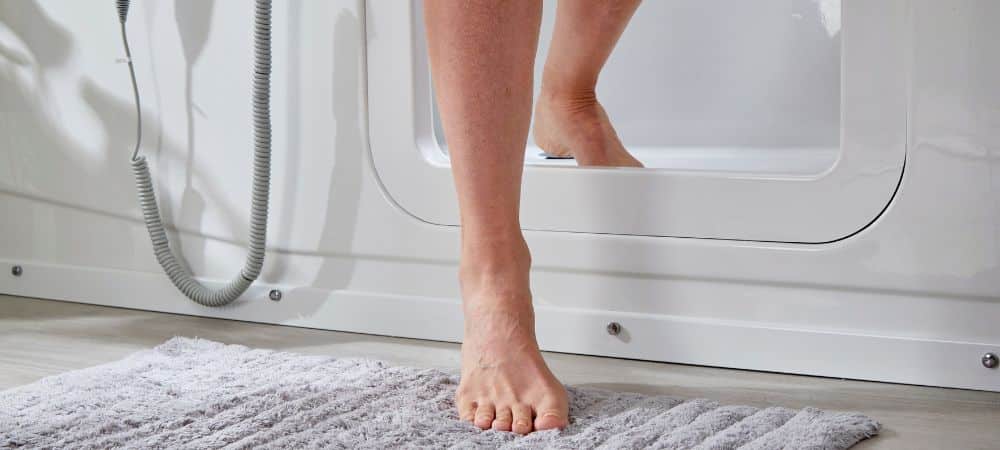
How to Get in a Walk-in Bath Safely
When it comes to getting into a walk-in bath safely, it really couldn’t be simpler. However, it’s always advisable to use an abundance of caution, especially if you have limited mobility and an increased risk of falling.
Here are a few simple steps for getting into a walk-in bath:
- Open the door
Your walk-in bath will feature an easy-access door, fitted with an easy-to-grab handle that makes opening and closing simple, whether you’re inside or outside the bath. Walk-in baths are designed to be entered while empty and filled once seated. - Step into the bath
One of the main features of a walk-in bath is its low threshold. This significantly reduces the risk of tripping, compared to a standard bath. - Close the door
Take care to ensure the door is closed properly and the seal is fully engaged. This will keep the bath completely watertight. - Take your seat
This step will vary depending on the model you choose. If your bath has a fixed seat, simply sit down. For those with an adjustable seat, lower it to a comfortable position. - Run the water
Once seated comfortably, turn on the taps to fill the bath. Always check the water temperature to avoid discomfort or injury.
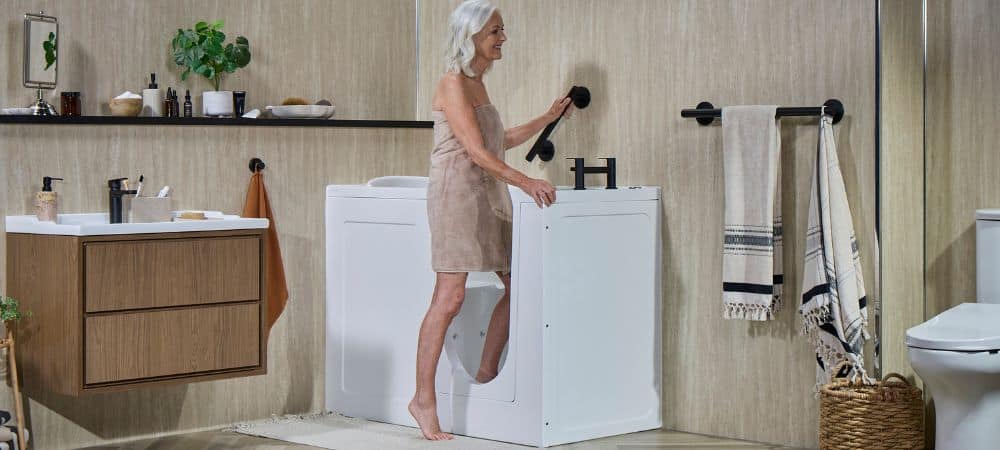
How to Get Out of a Walk-in Bath Safely
When exiting a walk-in bath, there are a few important things to keep in mind. At this point, both the bath floor and possibly the bathroom floor will be wet.
- Drain the water
Unlike standard baths, walk-in baths require the water to be fully drained before you can open the door. Many models come with a double-drain system for quicker drainage. - Adjust the seat (if applicable)
If you have a powered seat, raise it to a comfortable height to make standing easier. - Open the door
Once the water is fully drained, use the handle to open the door. Depending on the model, it will swing either inwards or outwards. - Step out
Use any grab bars for support as you stand and exit. Take extra care, as there may still be standing water on the floor.
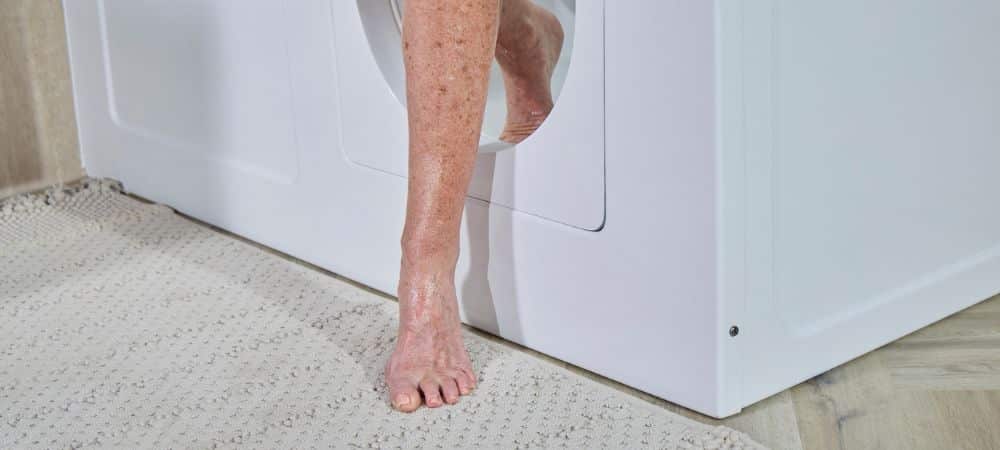
Aids to Help Get Out of the Bath
Several accessories can be added to your walk-in bath to improve safety and ease of use:
Grab bars
Grab bars are a fantastic safety addition. We typically install them beside the bath to help with entry and exit.
Bath lifts
Many of our walk-in baths such as the Lugano, Moritz, and Hudson, come with powered seats. These add an extra layer of comfort and accessibility.
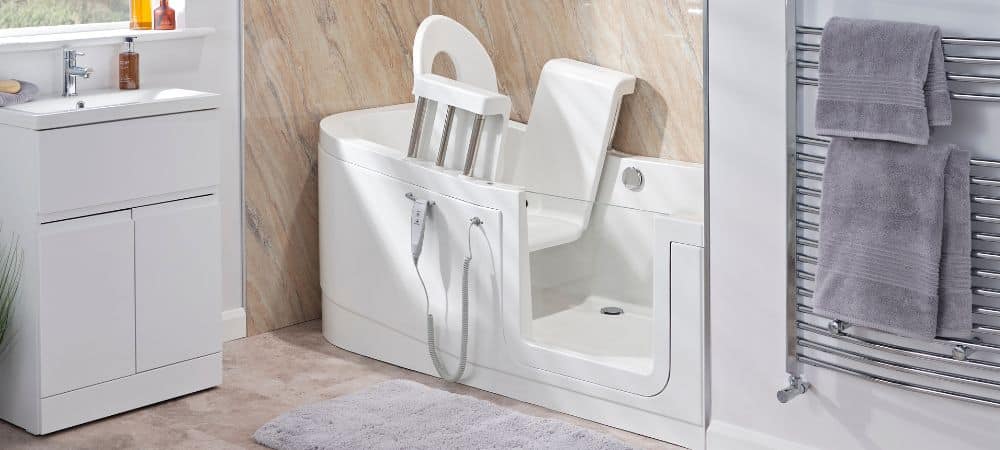
Non-slip flooring
Getting out of the bath can leave water on the floor, creating a slip hazard. Installing non-slip flooring is a simple way to improve safety.
Speak to Us Today
Think a walk-in bath could be the perfect addition to your bathroom, but not sure where to start? At Assistive Bathing, we offer a completely free, no-obligation design consultation to help you decide.
One of our expert team will visit your home, assess your space, and discuss your needs, helping you design the perfect bathroom. We’ll answer all your questions and guide you through the options, from your choice of walk-in bath to grab rails and flooring.
Other Articles That May Interest You
Struggling to bathe independently? An accessible bathroom could be the solution for you.
Explore 5 quick fixes to help adapt your existing bathroom into an accessible and functional space.
Discover the 7 key benefits of walk-in showers for the elderly. Improve safety, independence, style, and ease of use with Assistive Bathing’s customised solutions.
Explore safe, stylish bathroom lighting ideas with LED tips and space-saving solutions for accessible, mobility-friendly bathrooms.


